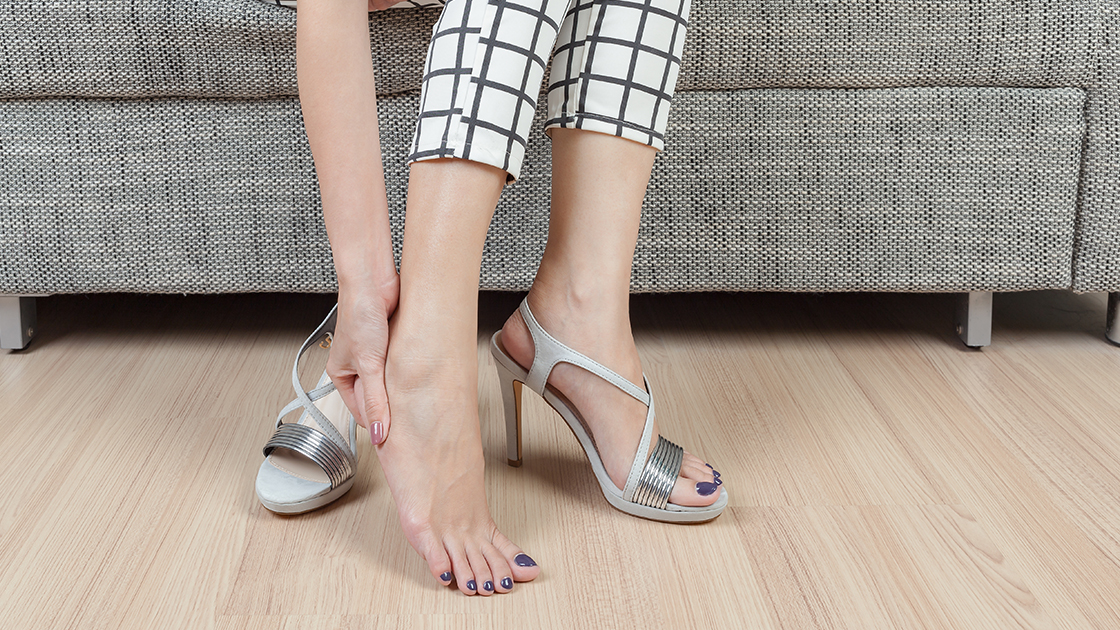Page Contents
Achilles tendonitis can be a painful and debilitating condition that affects individuals of all ages and activity levels. It often requires time and proactive treatment to heal properly. While there are various treatment options available, laser therapy has gained recognition as an effective method for promoting healing and reducing pain in Achilles tendonitis. In this blog post, we will explore how laser treatment helps Achilles tendonitis, the mechanisms behind laser therapy, and alternative treatment options to consider.
How Does Laser Treatment Help Achilles Tendonitis?
Laser treatment, also known as low-level laser therapy (LLLT), aids in healing Achilles tendonitis by promoting tissue regeneration and reducing inflammation. The laser emits a low-intensity light that penetrates deep into the affected areas, stimulating cellular activity. This, in turn, increases circulation, accelerates the delivery of nutrients, and promotes the body’s natural healing response. Laser therapy helps reduce pain, improve flexibility, and enhance overall recovery in individuals with Achilles tendonitis.
How Does Laser Therapy Work?
Laser therapy operates through various mechanisms to support Achilles tendon healing. Firstly, the light energy from the laser stimulates mitochondrial activity within cells, increasing the production of adenosine triphosphate (ATP). ATP provides cells with energy to repair and regenerate damaged tissues, promoting healing in the Achilles tendon. Additionally, laser therapy helps reduce inflammation by inhibiting pro-inflammatory mediators and increasing the production of anti-inflammatory substances within the cells. This leads to a reduction in pain and swelling associated with Achilles tendonitis. Laser therapy also promotes collagen synthesis, a crucial component in tendon repair, allowing for stronger and more resilient tendon tissue.
Are There Other Alternatives to Laser Treatment?
While laser therapy can be a highly effective treatment option for Achilles tendonitis, there are alternative approaches worth considering. Physical therapy plays a crucial role in rehabilitating the Achilles tendon by focusing on exercises to strengthen the adjacent muscles, improving flexibility, and promoting proper biomechanics. This can help reduce stress on the tendon and enhance healing. Orthotic devices, such as shoe inserts or heel lifts, can also provide support and alleviate strain on the Achilles tendon. Non-steroidal anti-inflammatory drugs (NSAIDs) may be prescribed to manage pain and inflammation, but they do not directly promote tendon healing. In more severe cases, immobilization with a cast, walking boot, or splint may be necessary to protect the tendon and promote healing. In certain instances, surgical intervention may be recommended if conservative treatments are ineffective.
Conclusion:
Achilles tendonitis can be a challenging condition to overcome, requiring careful treatment and management to enable proper healing. Laser therapy offers an effective and non-invasive method to boost Achilles tendon healing by promoting tissue regeneration, reducing inflammation, and improving overall recovery. It harnesses the power of light energy to stimulate cellular activity and enhance the body’s natural healing mechanisms. However, it is also important to consider alternative treatment options such as physical therapy, orthotic devices, and medication, depending on the severity and individual needs. Consulting with a healthcare professional experienced in Achilles tendonitis treatment will ensure the most appropriate approach for your specific condition. With the right combination of treatments, you can accelerate your Achilles tendon healing and regain optimal function and mobility.
